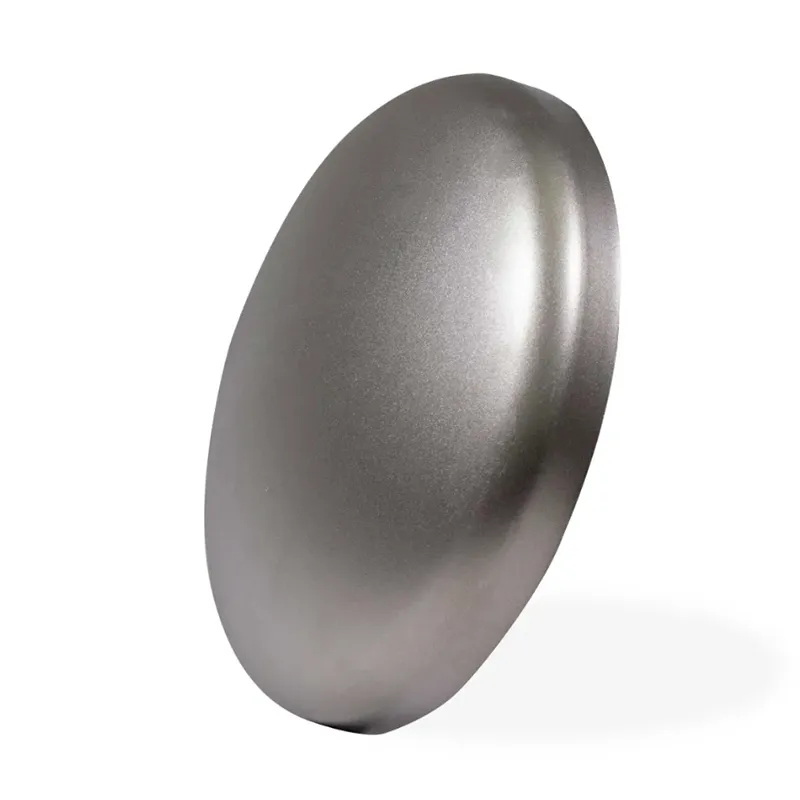-
Cangzhou Yulong Steel Co., Ltd.
-
Phone:
+86 13303177267 -
Email:
admin@ylsteelfittings.com
- English
- Arabic
- Italian
- Spanish
- Portuguese
- German
- kazakh
- Persian
- Greek
- French
- Russian
- Polish
- Thai
- Indonesian
- Vietnamese
- Zulu
- Korean
- Uzbek
- Hindi
- Serbian
- Malay
- Ukrainian
- Gujarati
- Haitian Creole
- hausa
- hawaiian
- Hebrew
- Miao
- Hungarian
- Icelandic
- igbo
- irish
- Japanese
- Javanese
- Kannada
- Khmer
- Rwandese
- Afrikaans
- Albanian
- Amharic
- Armenian
- Azerbaijani
- Basque
- Belarusian
- Bengali
- Bosnian
- Bulgarian
- Catalan
- Cebuano
- China
- China (Taiwan)
- Corsican
- Croatian
- Czech
- Danish
- Esperanto
- Estonian
- Finnish
- Frisian
- Galician
- Georgian
- Kurdish
- Kyrgyz
- Lao
- Latin
- Latvian
- Lithuanian
- Luxembourgish
- Macedonian
- Malgashi
- Malayalam
- Maltese
- Maori
- Marathi
- Mongolian
- Myanmar
- Nepali
- Norwegian
- Norwegian
- Occitan
- Pashto
- Dutch
- Punjabi
- Romanian
- Samoan
- Scottish Gaelic
- Sesotho
- Shona
- Sindhi
- Sinhala
- Slovak
- Slovenian
- Somali
- Sundanese
- Swahili
- Swedish
- Tagalog
- Tajik
- Tamil
- Tatar
- Telugu
- Turkish
- Turkmen
- Urdu
- Uighur
- Welsh
- Bantu
- Yiddish
- Yoruba

Nov . 16, 2024 12:47 Back to list
ss welded pipe
Understanding SS Welded Pipe A Comprehensive Overview
Stainless steel (SS) welded pipes are essential components in various industrial applications due to their unique properties, durability, and versatility. These pipes are crafted from stainless steel sheets that are welded together to form a tube-like structure, which can be used in numerous sectors including pharmaceuticals, food processing, chemical handling, and construction. This article delves into the characteristics, manufacturing process, types, applications, and advantages of stainless steel welded pipes.
Characteristics of SS Welded Pipes
The defining feature of stainless steel welded pipes is their corrosion resistance, which makes them an ideal choice for environments susceptible to rust and oxidation. Stainless steel is an alloy primarily made up of iron, with added elements such as chromium, nickel, and molybdenum, which enhance its properties. The presence of chromium, in particular, forms a passive layer of chromium oxide on the surface, protecting the material from corrosive substances.
Furthermore, SS welded pipes exhibit excellent strength-to-weight ratios, making them lightweight yet robust enough to withstand high pressures. They are also available in a variety of finishes, from polished and bright to slightly rough textures, catering to the aesthetic and functional requirements of different applications.
Manufacturing Process
The production of stainless steel welded pipes typically involves several key steps
1. Material Selection The first step involves selecting the appropriate grade of stainless steel. Common grades used include 304 and 316, with 316 being more suitable for environments exposed to chlorides due to its enhanced corrosion resistance.
2. Forming the Sheet Stainless steel sheets are cut into desired dimensions, which will later be rolled into a cylindrical shape.
3. Welding The edges of the rolled sheet are then welded together using various methods, such as TIG (Tungsten Inert Gas), MIG (Metal Inert Gas), or laser welding, ensuring that the resulting pipe is seamless and structurally sound.
4. Post-Welding Treatment Once welded, pipes often undergo processes such as annealing (to relieve stresses), pickling (to remove oxides and scales), and passivation (to enhance corrosion resistance).
5. Inspection and Testing Quality control is crucial in ensuring that the welded pipes meet industry standards. Non-destructive testing methods, including ultrasonic testing and X-ray inspection, are conducted to detect any defects.
ss welded pipe

Types of SS Welded Pipes
Stainless steel welded pipes come in various shapes and sizes, including
- Round Pipes The most common type, widely used in structural and fluid transport applications. - Square and Rectangular Pipes Often utilized in construction and manufacturing, these shapes provide excellent space efficiency. - Specialty Shapes Tailored designs for specific applications, including oval and triangular pipes, can also be produced.
Applications Across Industries
Stainless steel welded pipes have extensive applications
- Oil and Gas Used for transporting crude oil and natural gas due to their strength and resistance to corrosive substances. - Food and Beverage In the food processing industry, these pipes are indispensable for maintaining hygiene standards, as they can be easily cleaned and sanitized. - Pharmaceutical They are critical in the pharmaceutical industry for transporting raw materials and finished products while preventing contamination. - Construction Used in structural applications, stainless steel welded pipes provide durability and longevity.
Advantages of SS Welded Pipes
The benefits of using stainless steel welded pipes are substantial
1. Durability They withstand harsh environmental conditions, ensuring a long service life. 2. Maintenance-Free Due to their corrosion resistance, these pipes require minimal maintenance, which can significantly reduce operational costs. 3. Versatility The ability to fabricate various shapes and sizes makes stainless steel welded pipes adaptable to numerous applications. 4. Sustainability Stainless steel is 100% recyclable, making it an environmentally friendly option.
Conclusion
In summary, stainless steel welded pipes are a vital resource across many industries, recognized for their strength, corrosion resistance, and versatility. Their manufacturing processes ensure high-quality products that conform to safety and reliability standards. As industries continue to evolve and demand innovative materials, SS welded pipes remain a preferred choice for engineers and architects alike, making them integral to modern infrastructure and technology. Understanding their characteristics, types, applications, and benefits can guide professionals in making informed decisions regarding their use in various projects.
Latest news
-
ANSI 150P SS304 SO FLANGE
NewsFeb.14,2025
-
ASTM A333GR6 STEEL PIPE
NewsJan.20,2025
-
ANSI B16.5 WELDING NECK FLANGE
NewsJan.15,2026
-
ANSI B16.5 SLIP-ON FLANGE
NewsApr.19,2024
-
SABS 1123 FLANGE
NewsJan.15,2025
-
DIN86044 PLATE FLANGE
NewsApr.19,2024
-
DIN2527 BLIND FLANGE
NewsApr.12,2024
-
JIS B2311 Butt-Welding Fittings LR/SR 45°/90° /180°Seamless/Weld
NewsApr.23,2024











